ANALYTICAL SPECTROSCOPY
by Raymond P. W. Scott
D.Sc., F.R.S.C., C.Chem., C.Sci. F.A.I.C, F.C.S.
Essential Information for the Analytical Chemist
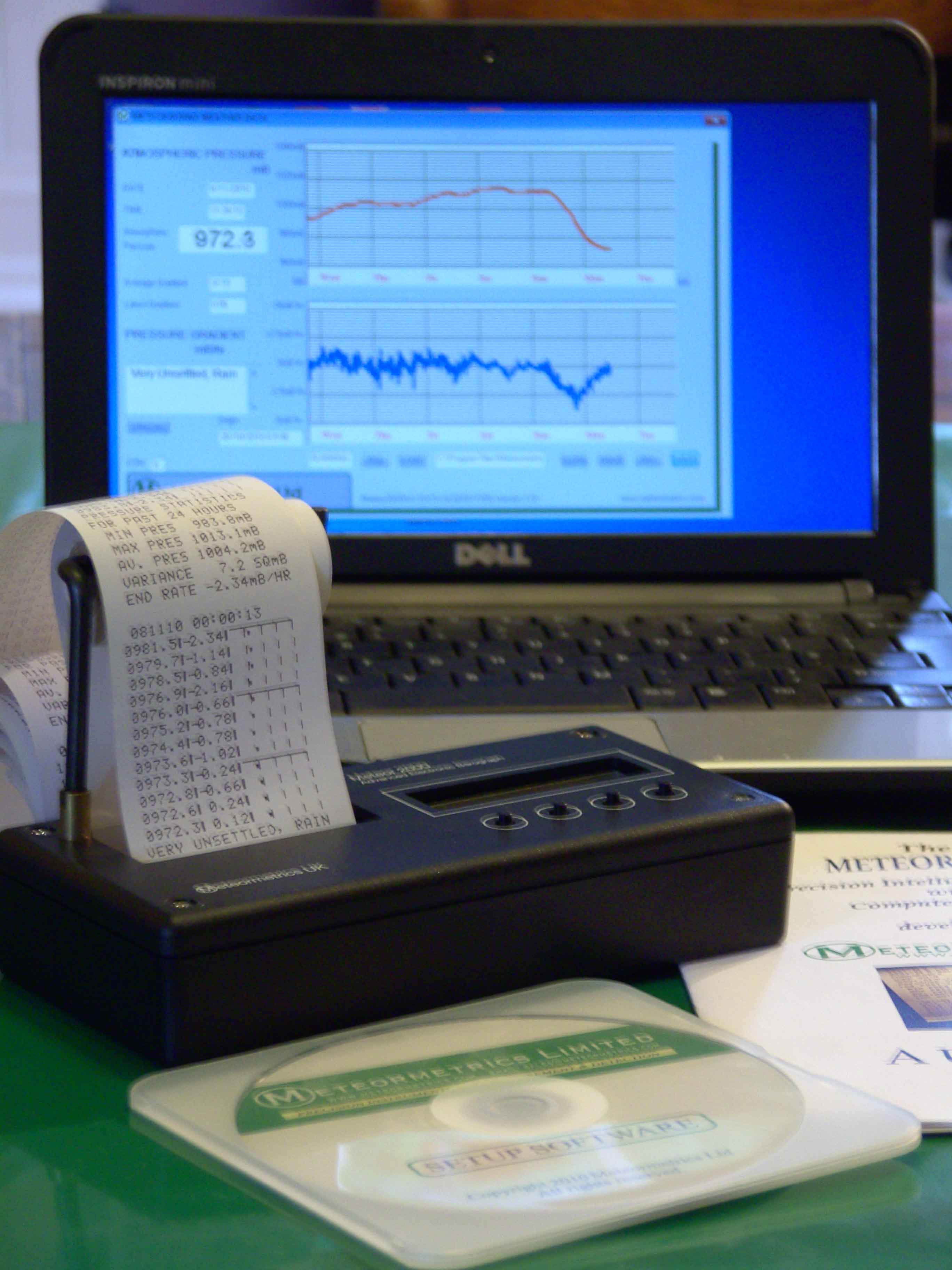
Specialising in custom-designed, precision scientific instruments, built, programmed and calibrated
to the most exacting standards. The range includes precision dataloging barographs,
with built-in statistical analysis, Barographic Transient Event Recorders
and computer-interfaced detectors and sensors
for environmental monitoring & process control.
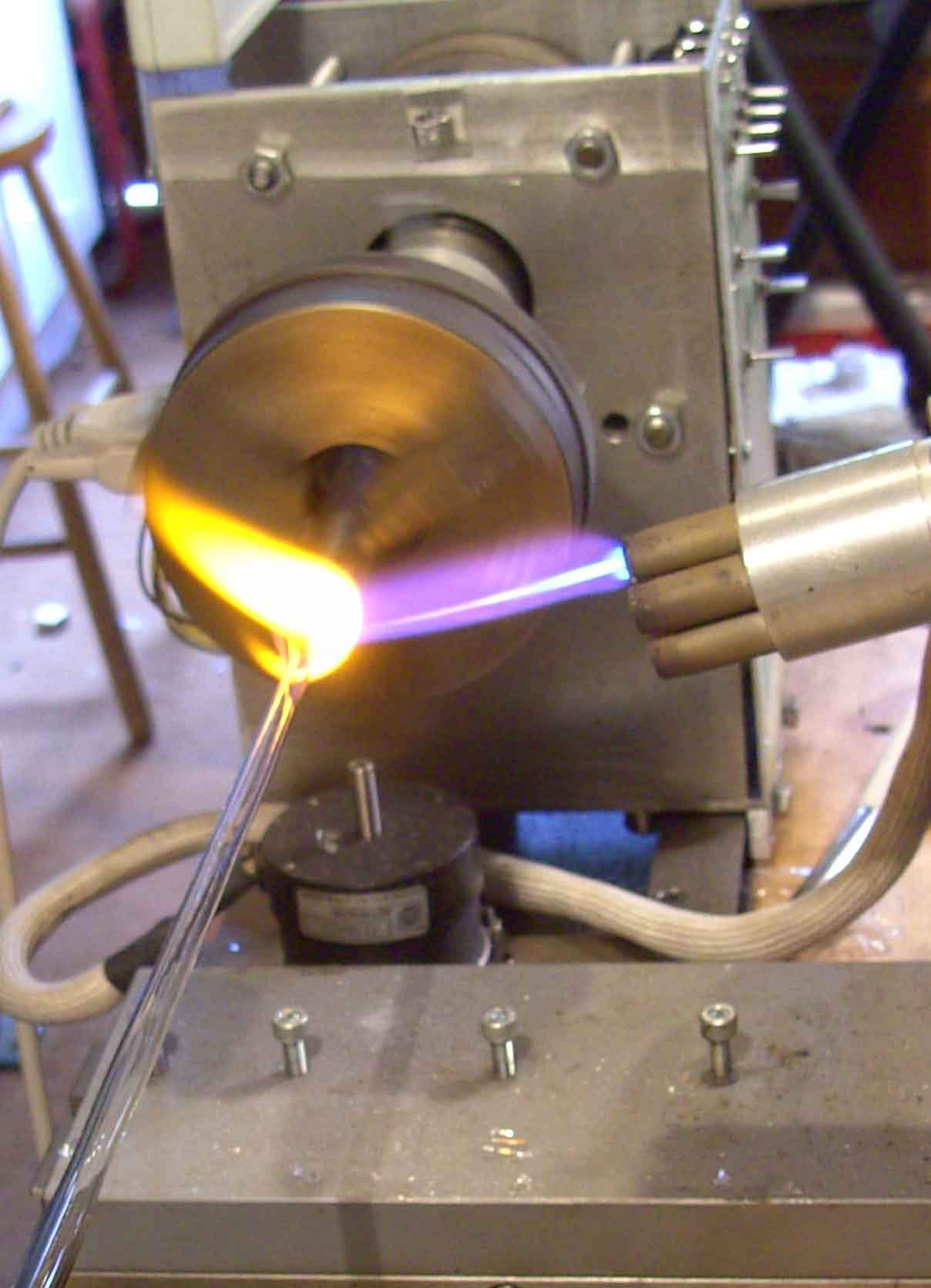
A site dedicated to scientific techniques, experimental methods, &
investigative tools for the inventor, researcher
and laboratory pioneer. Articles on glassblowing, electronics, metalcasting, magnetic
measurements with new material added continually. Check it out!
www.drkfs.net
Tanabe et al. [6], developed a novel instrument that employed
interference filters in an attempt to provide multiwave Fluorescence
detection without using a monochromator.
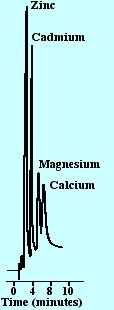
|
Metal
|
λOptimum
Excitation (nm)
|
λ Optimum
emission (nm)
|
|
Zinc (135
pmol)
|
393
|
506
|
|
Cadmium (33 pmol)
|
387
|
522
|
|
Magnesium (135 pmol)
|
393
|
506
|
|
Calcium (20 nmol)
|
393
|
506
|
Figure 13. The Separation of Some Metal Chelate Employing
Fluorescence Detection at the Optimum Excitation and Emission
Wavelengths
The device operated at four different wavelengths and a diagram of
their apparatus is shown in figure 14.
The excitation light from a 200 w Xenon arc lamp was first reflected
by a UV mirror (90% average reflectance for light between 325 and 475
nm) to minimize heat and remove most of the Visible light. The
excitation light then passed through interference filters, that could
transmit light at 320 ± 2 nm, 360 ± 2 nm and 400 ±
2 nm, and was then focused onto the rounded shaped end of a quartz
optical fibre bundle. This fibre bundle directed the light to the
detector module, which consisted of a square quartz tube mounted in a
black Teflon cell holder.
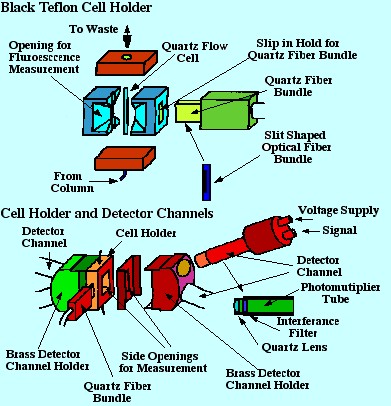
Figure 14. Schematic Diagram of the Detector Module
The Fluorescence signal was observed through side windows in the
cell. Two detector assemblies, each consisting of a light sensor and
an interference filter, were mounted in brass holders on either side
of the cell. Consequently light emission at four different
wavelengths could be measured simultaneously. Different filters were
used for different excitation light frequencies; for example, with an
excitation light wavelength of 400 nm, the filters in the four sensor
units, were chosen to transmit light at 420 ± 2 nm, 440 ±
2 nm, 460 ± 2 nm and 500 ± 2 nm respectively. The
output from the sensors was acquired by a computer and the data
stored. The separation, monitored by any one of the Fluorescence
channels, could then be reconstructed.
An example of the use of the apparatus to resolve a convoluted peak
containing two solutes is shown in figure 15.
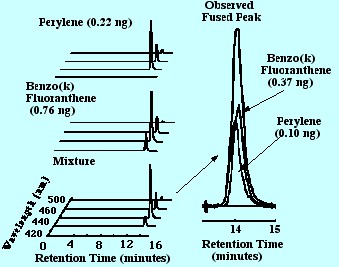
Figure 15. The Resolution of Convoluted Chromatographic Peaks
The wavelength of the excitation light was 400 nm and the emission
light was monitored at 420 nm, 440 nm, 460 nm and 500 nm
respectively. Chromatograms were reconstructed from the output at all
four wavelengths, and the combined chromatograms are included in the
figure 15. It is seen that the two components are clearly
differentiated by multi-channel Fluorescence detection, whereas the
dual nature of the convoluted peak is indiscernible by non-selective
detection. Although this apparatus is simpler, and probably less
expensive to make than the Fluorescence spectrometer, its performance
is also severely limited in comparison.
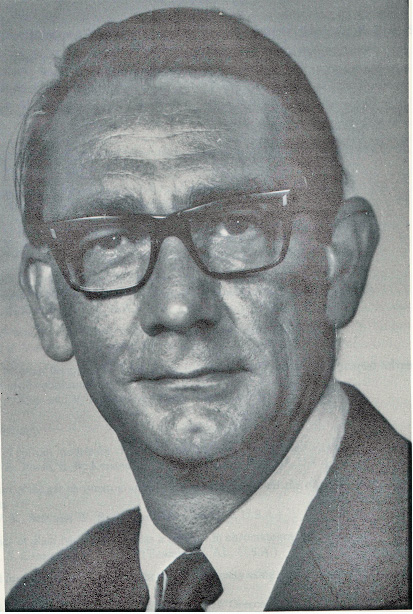
About the Author
RAYMOND PETER WILLIAM SCOTT was born on June 20 1924 in Erith, Kent, UK. He studied at the
University of London, obtaining his B.Sc. degree in 1946 and his D.Sc. degree in 1960.
After spending more than a decade at Benzole Producers, Ltd. Where he became head of
the Physical Chemistry Laboratory, he moved to Unilever Research Laboratories as
Manager of their Physical Chemistry department. In 1969 he became Director of Physical
Chemistry at Hoffmann-La Roche, Nutley, NJ, U.S.A. and subsequently accepted the position
of Director of the Applied Research Department at the Perkin-Elmer Corporation, Norwalk, CT, U.S.A.
In 1986 he became an independent consultant and was appointed Visiting Professor at Georgetown
University, Washington, DC, U.S.A. and at Berkbeck College of the University of London; in 1986
he retired but continues to write technical books dealing with various aspects of physical chemistry
and physical chemical techniques. Dr. Scott has authored or co-authored over 200 peer reviewed
scientific papers and authored, co-authored or edited over thirty books on various aspects of
physical and analytical chemistry. Dr. Scott was a founding member of the British chromatography
Society and received the American Chemical society Award in chromatography (1977), the
M. S. Tswett chromatography Medal (1978), the Tswett chromatography Medal U.S.S.R., (1979),
the A. J. P. Martin chromatography Award (1982) and the Royal Society of Chemistry Award in
Analysis and Instrumentation (1988).
Dr. Scott’s activities in gas chromatography started at the inception of the technique,
inventing the Heat of Combustion Detector (the precursor of the Flame Ionization Detector),
pioneered work on high sensitivity detectors, high efficiency columns and presented fundamental
treatments of the relationship between the theory and practice of the technique.
He established the viability of the moving bed continuous preparative gas chromatography,
examined both theoretically and experimentally those factors that controlled dispersion
in packed beds and helped establish the gas chromatograph as a process monitoring instrument.
Dr. Scott took and active part in the renaissance of liquid chromatography,
was involved in the development of high performance liquid chromatography and invented
the wire transport detector. He invented the liquid chromatography mass spectrometry
transport interface, introduced micro-bore liquid chromatography columns and used them
to provide columns of 750,000 theoretical plates and liquid chromatography separations
in less than a second.
Dr. Scott has always been a “hands-on” scientist with a remarkable record of accomplishments in chromatography ranging from hardware design to the development of fundamental theory. He has never shied away from questioning “conventional wisdom” and his original approach to problems has often produced significant breakthroughs.





